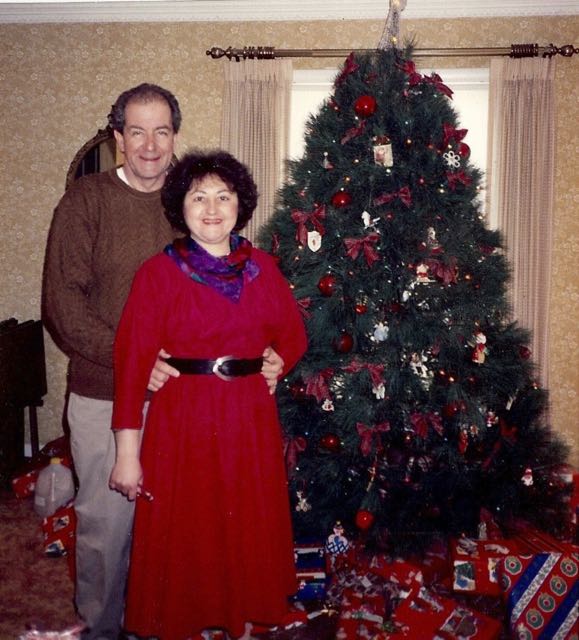Several years after both of my parents had died, they both appeared in my dream one night. The dream was nothing special: we were milling about doing normal things in my final childhood home. No words of wisdom were spoken or cryptic message divulged. I woke up so happy as though both had visited me after so many years apart. That is Día de Muertos.
Día de Muertos (Day of the Dead) is actually celebrated on 2 days in Mexico – November 1 and 2 – and is when the path between life on earth and the afterlife is open. This allows the dearly departed to return to earth to visit their living family. The living entice their dead relatives to visit by setting up altars (ofrendas) in their homes dedicated to their beloved – their pictures, favorite foods, mementos, sugar or candy skulls (calaveras), pan de muerto (sweet bread with a cross of “bones” on the top), candles and flowers. Or you can try to entice the famous – we were told of ofrendas for JFK, Marilyn Monroe and James Dean, among others. Marigolds provide the dead a path back to the living and are everywhere in the days leading up to the holiday. November 1 is the day for departed children and November 2 is for adults. Families will celebrate in their homes or in the cemetery where their loved ones rest. Unlike Halloween in which the dead are feared, Día de Muertos is when the dead are welcomed. And who wouldn’t want to see their deceased loved ones, if only once a year? Matt and I did not make an altar this year as we didn’t fully understand the holiday, but next year we will be inviting our deceased loved ones to pay a visit.
A new tradition for Día de Muertos in Mexico City is a fantastic parade. Spawned by the James Bond movie, Spectre, which (apparently) begins with a (staged) Día de Muertos parade in Mexico City, the municipality now sponsors a parade. Matt and I headed into the city early on Saturday to check out the scene and get a good spot. We were rewarded by happening upon the staging area and getting a good look at the floats before the parade began.
After wandering around for 3 hours, we secured our spot an hour before the parade and were not disappointed. What an amazing spectacle! It began with a moment of silence and a moving tribute to the earthquake victims and rescuers.
The next part of the parade, “The Living Dead,” was a walk through history and began with Mexico’s pre-hispanic roots.
Next up were the Spanish Conquistadors and the Widows’ Altar.
The colonial period was represented with some great dancing and costumes.
A devil chasing an angel provided some comic relief and some interesting, but inexplicable (to me and my Spanish teacher) costumes followed.
Revolutionaries put on a show and then the press got a nod.
The next part of the parade – Carnival of Skulls – continued the fun.
A wonderful introduction to Día de Muertos and a great celebration.







































































